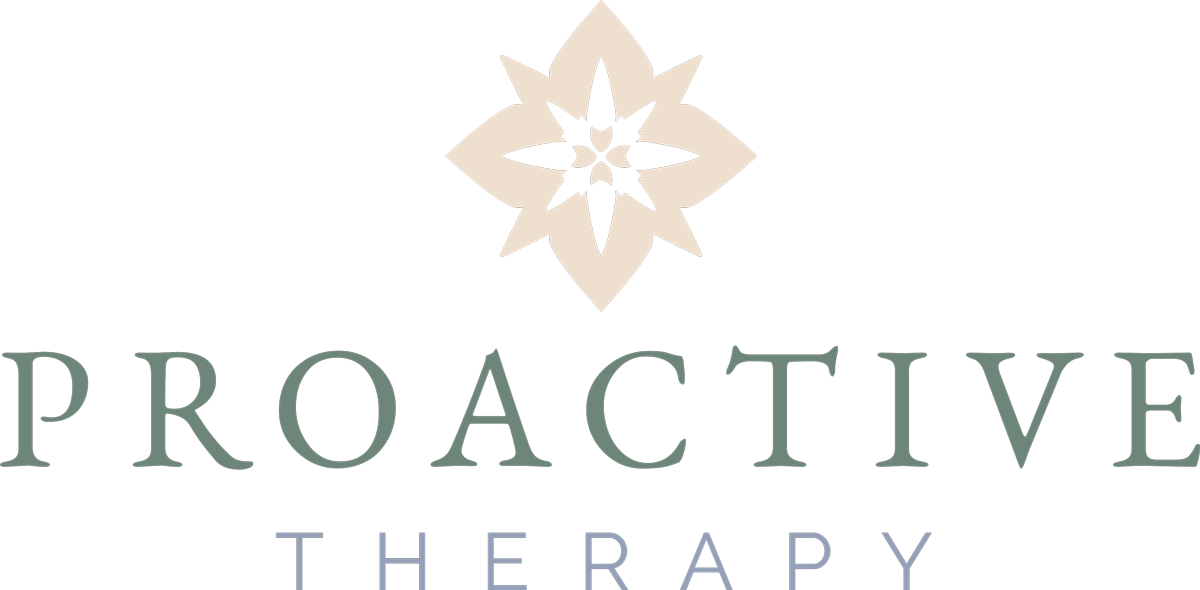Want to Heal from Chronic Pain? Start by Regulating Your Nervous System
Your nervous system is constantly scanning for safety—sensing whether you’re calm and supported or under threat. When it perceives danger, your body responds automatically through patterns like fight, flight, freeze, or shutdown. These states of nervous system dysregulation can lead to chronic pain, chronic stress, emotional overwhelm, and physical symptoms like fatigue or TMD.
The good news? You can learn to recognize and gently redirect your nervous system toward regulation, balance, and healing. Here’s how:
1. Know Your Triggers
Everyone has unique “danger signals”—things that make your nervous system feel unsafe or overwhelmed. Common ones include:
Conflict or rejection
Loud noise, crowds or over stimulation
High pressure situations like an important meeting or presentation
Long to-do lists or deadlines that create a sense of urgency
Reminders of past trauma
Feeling ignored or unseen
Big feelings that weren’t allowed or were minimized in your family of origin
Begin noticing what situations, people, or thoughts tend to send you into anxiety, shutdown, or irritability. These clues are key to building your self-awareness and regulation toolkit.
2. Feel to Heal
Often, we try to control or suppress uncomfortable feelings—anxiety, anger, grief—because they feel too big or scary. But pushing emotions away tends to build pressure and keep the nervous system in survival mode.
Instead, try this:
Name the emotion you’re feeling (“I’m scared,” “I feel hurt,” “I’m overwhelmed”)
Let it move through your body—crying, shaking, stretching, journaling, even stomping your feet can help complete the stress response
Offer compassion to yourself as you would to a friend
This shift—from avoidance to gentle engagement—is a powerful way to reestablish safety internally.
3. Practice Daily Regulation Habits
Regulation isn’t something that just happens when you’re overwhelmed—it’s something you can build into your daily routine. These small, consistent actions teach your body how to return to calm.
Some ideas to try:
Breathing techniques: Inhale slowly, exhale longer than you inhale. This signals to your body that you are safe.
Gentle movement: Stretching, walking, or yoga helps release stored tension.
Time in nature: Sunlight, fresh air, and grounding to the earth soothe your system.
Laughter and connection: A conversation, a hug, or even a favorite song can help regulate you through joy and co-regulation.
The key is repetition—doing something calming every day, not just in a crisis.
4. Shift the Way You Think About Symptoms
It’s tempting to focus all your energy on trying to “fix” symptoms—like anxiety, fatigue, or irritability—but often that mindset just adds pressure and fear.
Try this reframe:
Your symptoms are messages, not enemies.
They’re signals that your body is asking for care, not control.
Your job isn’t to make them disappear, but to respond to them with safety and support.
When you focus on helping your body feel safe—emotionally, physically, socially—healing naturally follows.
5. Create Your Own Nervous System Regulation Plan
Every nervous system is different. What works for someone else may not work for you. So take the time to create a plan that fits your life and personality.
Your plan might include:
2–3 daily regulation tools (breathing, stretching, journaling, etc.)
A list of triggers or warning signs that your system is dysregulated
A few grounding phrases for difficult moments e.g. “I’m safe. This feeling isn’t dangerous. Feelings come and go.”
A trusted person you can check in with when you need connection
Why It Matters
When you learn to regulate your nervous system:
You become more present and connected in your relationships
You build resilience to life’s inevitable stressors
You reduce symptoms like pain, fatigue, and chronic physical symptoms
You gain a sense of internal safety that helps you thrive
At Proactive Therapy, we support you in building a nervous system that feels steady, responsive, and safe. Whether you're navigating chronic pain, trauma, burnout, or daily stress, our therapists can help you create sustainable practices to feel more grounded and empowered in your life.
Ready to learn more? You can schedule a session with us here.
